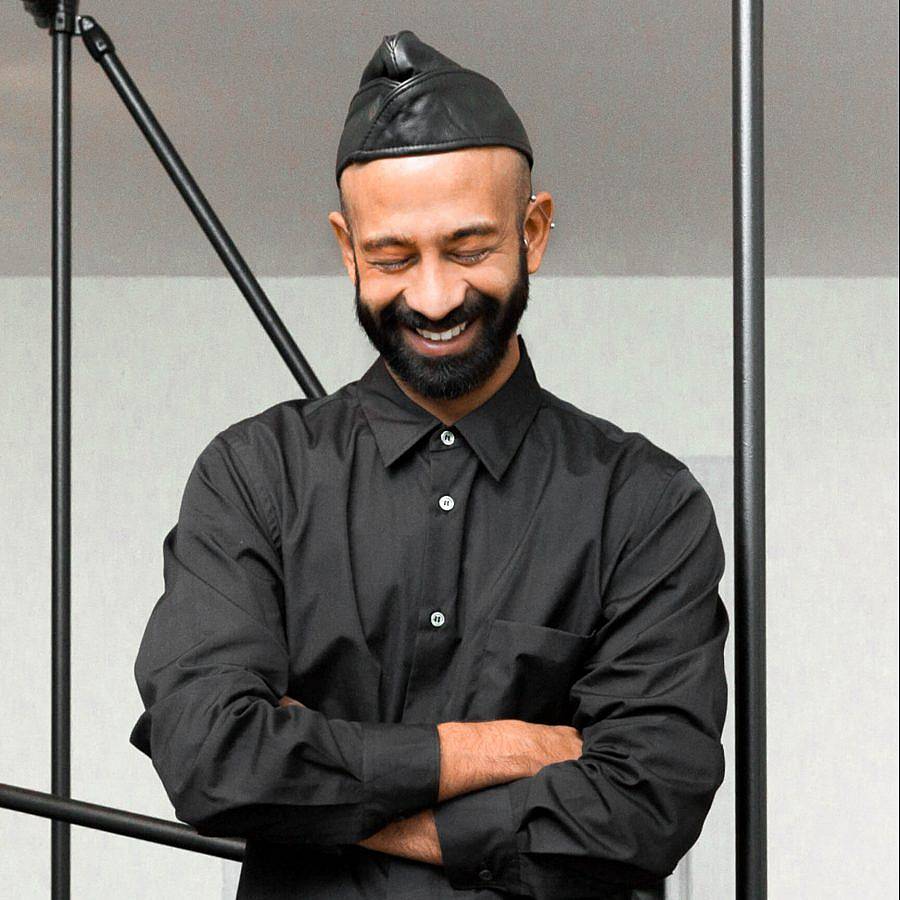Tell us a little bit about yourself and what you do.
My name is Brendan Fernandes and I am a Kenyan, Indian, Canadian artist living and working in Chicago, IL. My art is set between the intersection of visual arts and dance. I use my past ballet training to question notions of class, labor and western power dynamics. My work explores themes coming from Post and De- colonial processes, especially through comparisons between lost dances by West African Masqueraders, and Ballet technique as a form of western hegemony. My work also questions my queer identity. Where I have started looking at the dance floor and night club as architectural supports that can question notions of freedom and sanctuary.
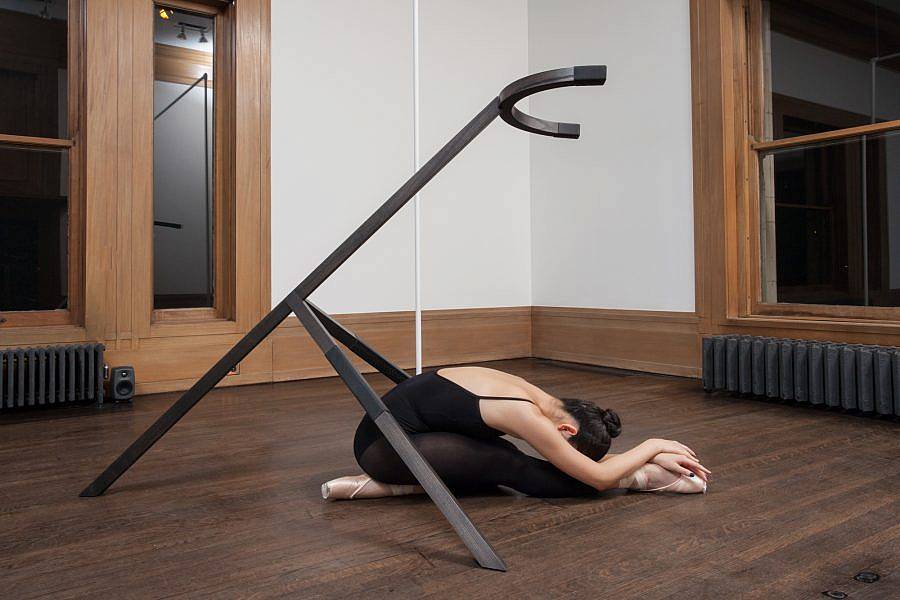
How did your interest in art begin?
My interest in art and dance began at an early age. As a child I remember drawing and painting. Later, I began to take dance class and developed a focus on ballet. I continued to dance and make art throughout high school. One of my most formative experiences was a class trip to New York City, seeing art and visiting the big museums of the city ending up having a lot of influence on me.
What are some recent, upcoming or current projects you are working on?
I am currently working on a virtual reality piece for the Musée des beaux-arts de Montréal for their collection. The piece will be set in the African galleries next to mask artifacts. The VR head piece will act as a new version of a mask. When the participant puts it on they will get taken into a virtual world where masquerade and ballet interact. I am also working on a new dance commission for the High Line in New York. This piece will look at the distinct techniques of Ballet and Modern dance. Two groups of dancers will come together to create a dance that speaks to the tensions and unity between these two dance forms, and a particular historical moment where they appeared to be in conflict.
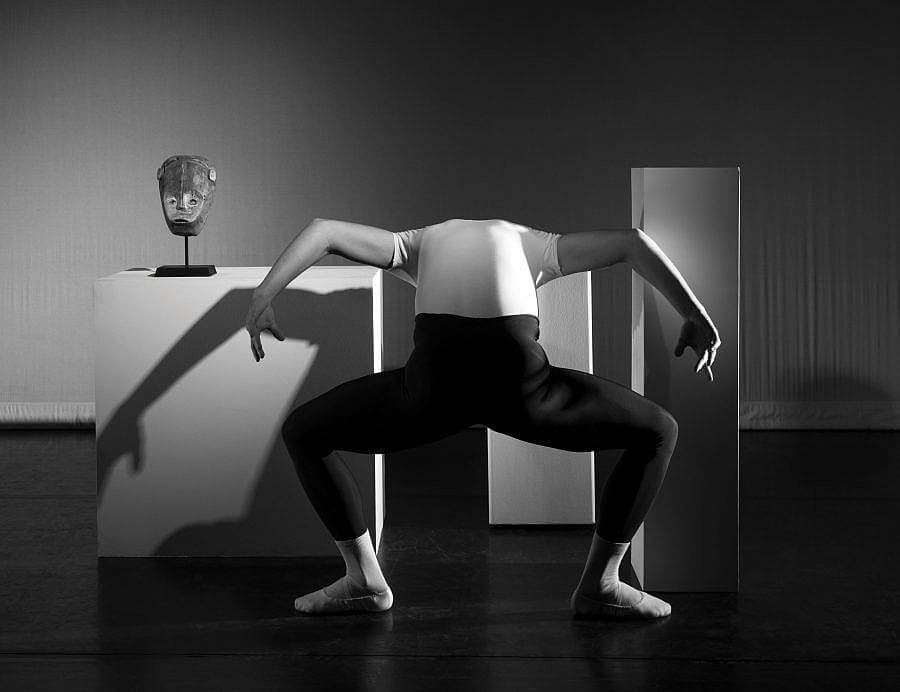
If you had to explain your work to a stranger, what would you say?
I would usually say that I make social and political works, that use dance, sculpture and film. Often I am lucky to be able to invite folks to an upcoming show, or give them more details about a specific project on the go, that way making things a little clearer.
What have you learned about yourself and practice through working collaboratively?
As a dancer one always has to work collaboratively and so this has naturally become part of my process. I have learned that working together allows for greater accomplishment and new scales can be explored. Working collaboratively is also a social and political part of my work. Greater collaboration is basis for what I hope to see in the world outside of art.

What was the last exhibition you saw that stuck out to you?
I was in Vancouver a few weeks ago and saw the Kerry James Marshall show at the Rennie Museum. I love his work. It portrays important narratives that are specific to Chicago and America but still can be read into by other marginalized groups and communities. His work creates empowerment and leads us to a place of moving forward which I think is a very important mindset, especially in today’s social crisis.
What’s your favorite thing about living and working in Chicago?
I love my art community in Chicago, I have been here two years and have been embraced and supported by so many. I am looking forward to working with more of these people in the years to come; this includes a solo show this Fall at the DePaul Art Museum and solo project at the Museum of Contemporary Art in 2019.
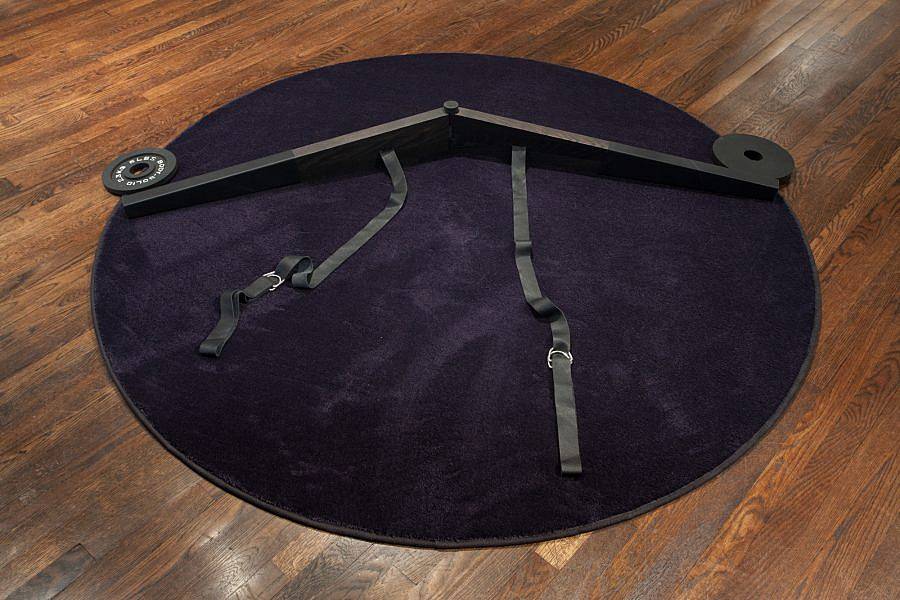
Describe your current studio or workspace.
HA! I think my studio space is palatial. After living and working in Brooklyn for 12 years, I now have a solo studio at Mana Contemporary. I can dance in it, make prints, draw and read. The space is minimal and with many windows and great light. It is a real pleasure.
As a performer, you are often both the image and image-maker. Can you talk about the role of personal identity within your work?
My personal experiences always play an important role in the narratives I am telling. They partly come from my story of migration from Kenya to Canada, as well as my dance life. My personal identity is also influenced by subcultural aspects of my life, such as queer identity and music such as punk rock.

What is the most powerful thing about choreography?
Choreography is a powerful tool. It sets rules and informs bodies on how to move. This applies not only in dance but also in our everyday choreographies. We are controlled and asked to move in certain ways by many forces. I critique and play with this in my work. I challenged the ways we move and how we make gestures as a group or team. I am particularly interested in bodies moving together and in unison. This to me is a powerful image of solidarity.
What is one of the bigger challenges you and/or other artists are struggling with these days and how do you see it developing?
One of the biggest challenges I find in the art world is the lack of public funding. Many artists in America are struggling to find ways to support their practices. Working in performance, the ephemerality of my material does not allow for collectors or museum to acquire and collect the pieces. I have had many great opportunities in my current stage of my practice but for younger artists this is a struggle. I would say showing more performance art and creating greater dissemination strategies and dialogues will help to support this type of art making. Also, we need to get museums and collectors to fund these projects.
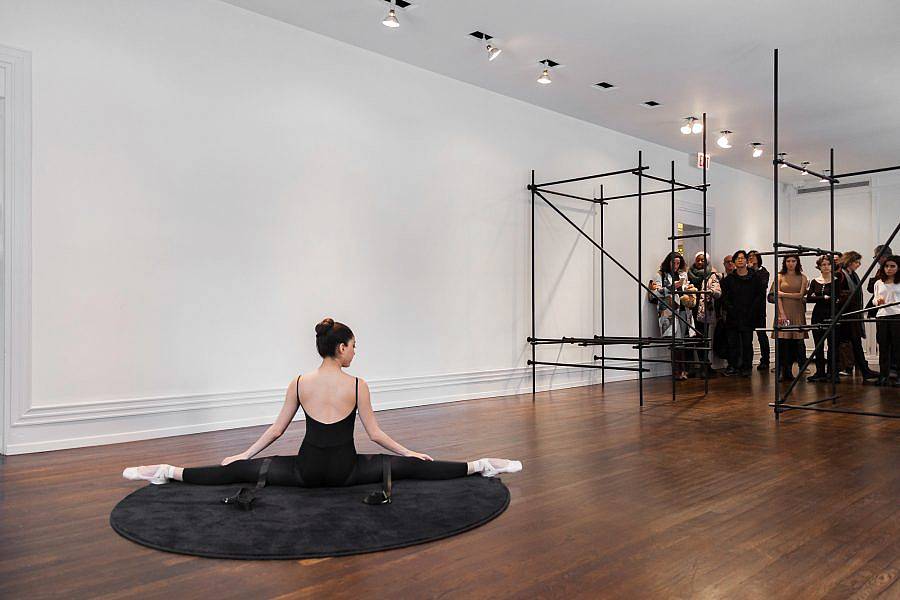
What do you want a viewer to walk away with after seeing/interacting with your work?
I want my viewers to find a connection with my work, I am telling my story, but it is one that many others can find ways to engage with. I am working with social and political questions so I want my audience to leave with thoughts and new ideas. I want viewers to feel challenged, for them to leave with something to think through.
Do you have any advice for emerging artists?
My advice is to stay strong and keep making art. The art and dance worlds can seem tough but if you stay focused and true to your politics and ideas, it is worth it. Success comes in many forms and as long as you are making work that you feel is important than that is all that you need.
